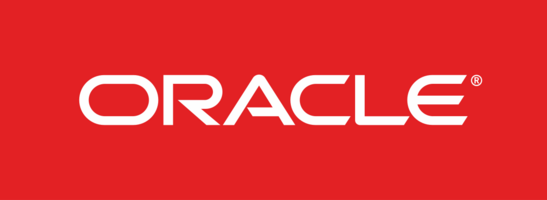
"The key is to integrate [customer experience] processes. These processes won't work standalone, because they're really not standalone. They're all part of the broader experience... It's all one experience" – Mark Hurd, CEO, Oracle, keynote speech, Oracle Modern Customer Experience.
The #OracleMCX event drove thousands of folks to attend highly engaging sessions that mapped out the customer experience processes across commerce and retail. My attendance at the event was more of a blur with all the content and meetings, but it all started with finding my way from my hotel to the convention venue. I carried three different interconnected hotel maps, asked questions to at least ten local employees and staff, and etched into memory a picture of #MCX direction signs from searching out all the attendants holding these signs at various corners and intersections. In my case, reaching a constantly moving end point was the challenge.
Retailers face the same challenge today on a much larger scale for relevant customer experience journeys. More importantly, the end state is not fixed and is continually changing due to the rapid progression of tech, greater customer influence, broader product selections, easier brand switching costs, and intense market competition. The customer has moved beyond the average retailer, where "84 percent of consumers who say their experiences with using digital tools and services fall short of expectations."1 Too often the trend is to blame it on the competition, but Forrester's Brendan Witcher states, "you're behind your customers - behind their expectations."2
For retailers to catch up to the customer, means the retailer needs to be courageous and adaptable to a dynamic endpoint. The retailer doesn't know the demands of future customers, newly introduced tech or new marketplace competition and must prepare for change. The sessions at MCX highlighted some of what the best retailers are doing with customer experience processes, tools, and systems.




